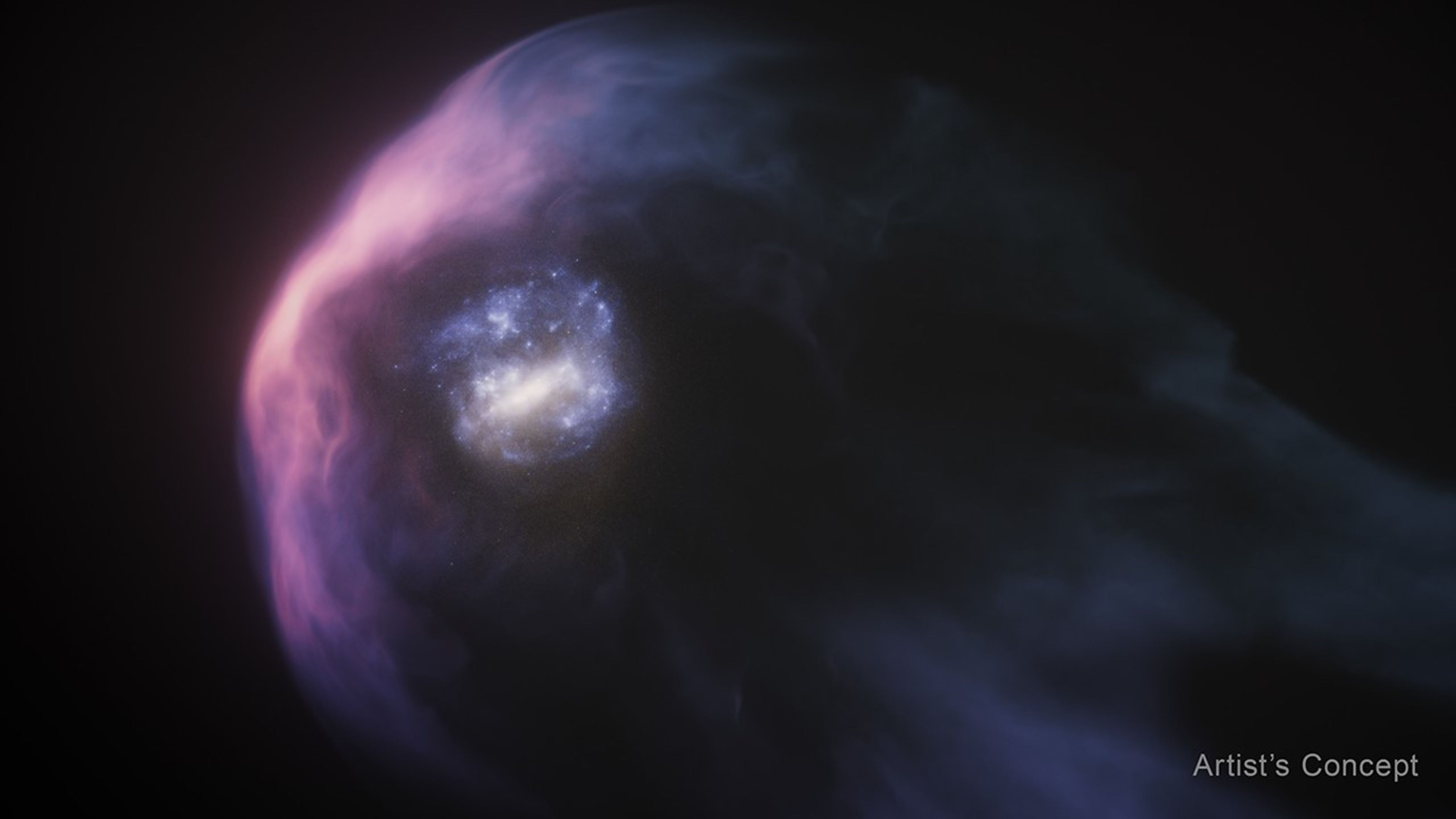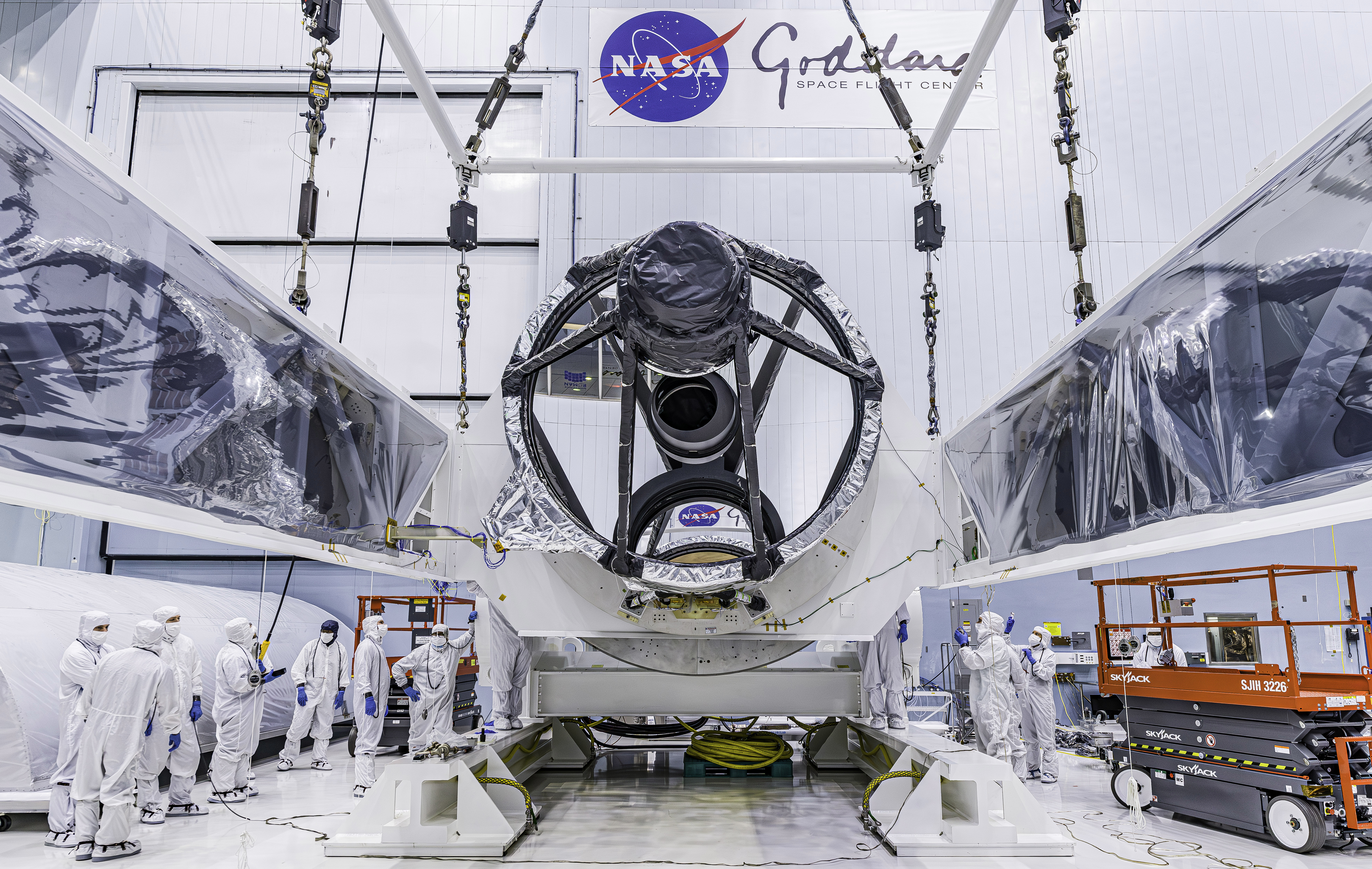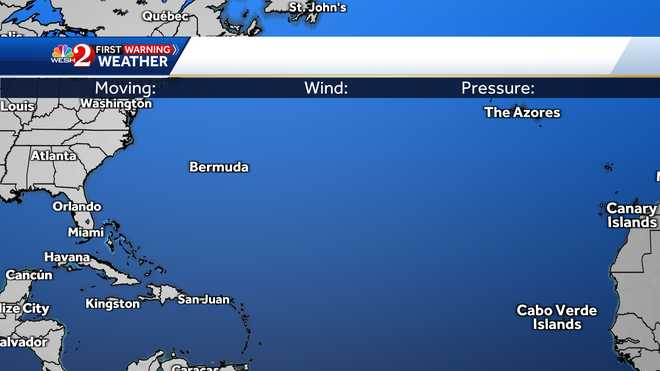 NASA astronomers have made a significant discovery using the Hubble Space Telescope, locating the smallest exoplanet where water vapor has been found in the atmosphere. GJ 9827d, the newly discovered exoplanet, is approximately twice the diameter of Earth, and could suggest the presence of water-rich atmospheres on other planets in our galaxy.The recently found exoplanet has a scorching temperature similar to that of Venus, reaching 800 degrees Fahrenheit, according to NASA. The planet was initially discovered by NASA’s Kepler Space Telescope in 2017 and orbits a red dwarf star every 6.2 days. Situated 97 light years from Earth in the Pisces constellation, the star that GJ 9827d orbits is known as GJ 9827, as per NASA.”This would mark the first instance where we could directly demonstrate through atmospheric detection that planets with water-rich atmospheres can indeed exist around other stars,” stated team member Bjorn Benneke from the Trottier Institute for Research on Exoplanets at the University of Montreal.”This marks a crucial step toward determining the prevalence and diversity of atmospheres on rocky planets.””We had not previously been able to directly observe the atmosphere of such a small planet. It seems we are gradually entering this realm now,” Benneke added.Elaborating on GJ 9827d, Benneke mentioned, “At present, the team is considering two possibilities. The planet may still retain a hydrogen-rich envelope containing water, making it a mini-Neptune. Alternatively, it could resemble a warmer version of Jupiter’s moon Europa, which harbors twice as much water as Earth beneath its crust.”GJ 9827d could potentially consist of half water and half rock, with a significant amount of water vapor on top of a smaller rocky body,” he commented.According to NASA, the Hubble program observed GJ 9827d during 11 transits spaced out over a period of three years. During these transits, the planet’s atmosphere filtered the starlight and exhibited the spectral signature of water molecules.”Detecting water can pave the way for discovering other elements,” said Thomas Greene, an astrophysicist at NASA’s Ames Research Center in California’s Silicon Valley.The focus now is on identifying the complete inventory of elements on a planet, which can be compared to the star it orbits to understand its formation.
NASA astronomers have made a significant discovery using the Hubble Space Telescope, locating the smallest exoplanet where water vapor has been found in the atmosphere. GJ 9827d, the newly discovered exoplanet, is approximately twice the diameter of Earth, and could suggest the presence of water-rich atmospheres on other planets in our galaxy.The recently found exoplanet has a scorching temperature similar to that of Venus, reaching 800 degrees Fahrenheit, according to NASA. The planet was initially discovered by NASA’s Kepler Space Telescope in 2017 and orbits a red dwarf star every 6.2 days. Situated 97 light years from Earth in the Pisces constellation, the star that GJ 9827d orbits is known as GJ 9827, as per NASA.”This would mark the first instance where we could directly demonstrate through atmospheric detection that planets with water-rich atmospheres can indeed exist around other stars,” stated team member Bjorn Benneke from the Trottier Institute for Research on Exoplanets at the University of Montreal.”This marks a crucial step toward determining the prevalence and diversity of atmospheres on rocky planets.””We had not previously been able to directly observe the atmosphere of such a small planet. It seems we are gradually entering this realm now,” Benneke added.Elaborating on GJ 9827d, Benneke mentioned, “At present, the team is considering two possibilities. The planet may still retain a hydrogen-rich envelope containing water, making it a mini-Neptune. Alternatively, it could resemble a warmer version of Jupiter’s moon Europa, which harbors twice as much water as Earth beneath its crust.”GJ 9827d could potentially consist of half water and half rock, with a significant amount of water vapor on top of a smaller rocky body,” he commented.According to NASA, the Hubble program observed GJ 9827d during 11 transits spaced out over a period of three years. During these transits, the planet’s atmosphere filtered the starlight and exhibited the spectral signature of water molecules.”Detecting water can pave the way for discovering other elements,” said Thomas Greene, an astrophysicist at NASA’s Ames Research Center in California’s Silicon Valley.The focus now is on identifying the complete inventory of elements on a planet, which can be compared to the star it orbits to understand its formation.
Water Vapor Detected on Distant Exoplanet by NASA’s Hubble Telescope












![Turning the M4 Mac mini into a contemporary iMac G4 [Video] – 9to5Mac Turning the M4 Mac mini into a contemporary iMac G4 [Video] – 9to5Mac](https://9to5mac.com/wp-content/uploads/sites/6/2024/11/imac-g4-mac-mini.jpg?quality=82&strip=all&w=1600)
